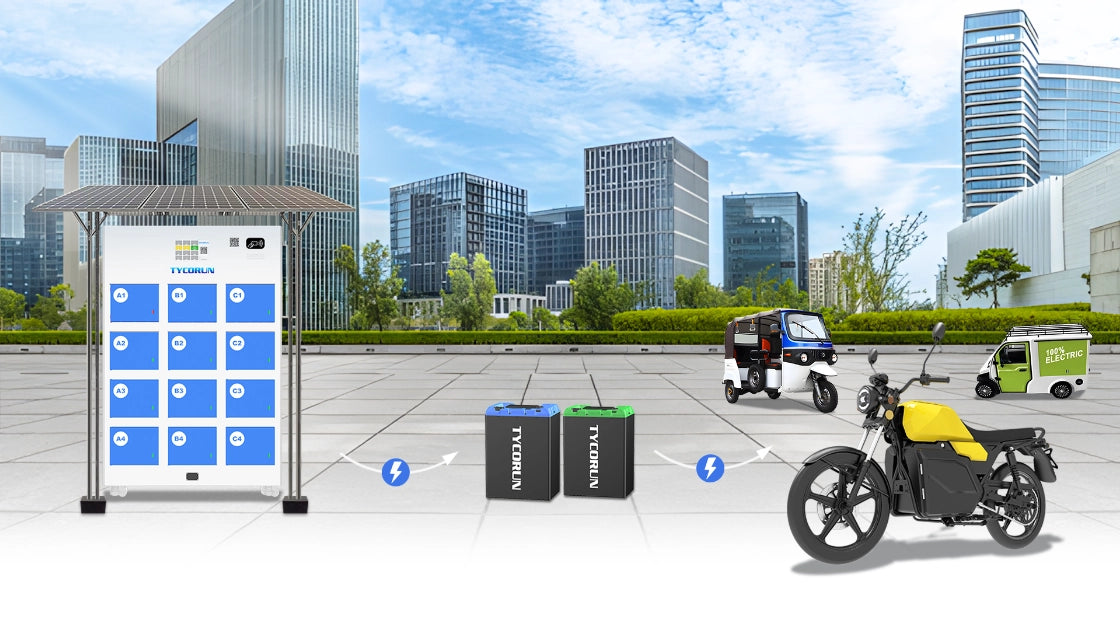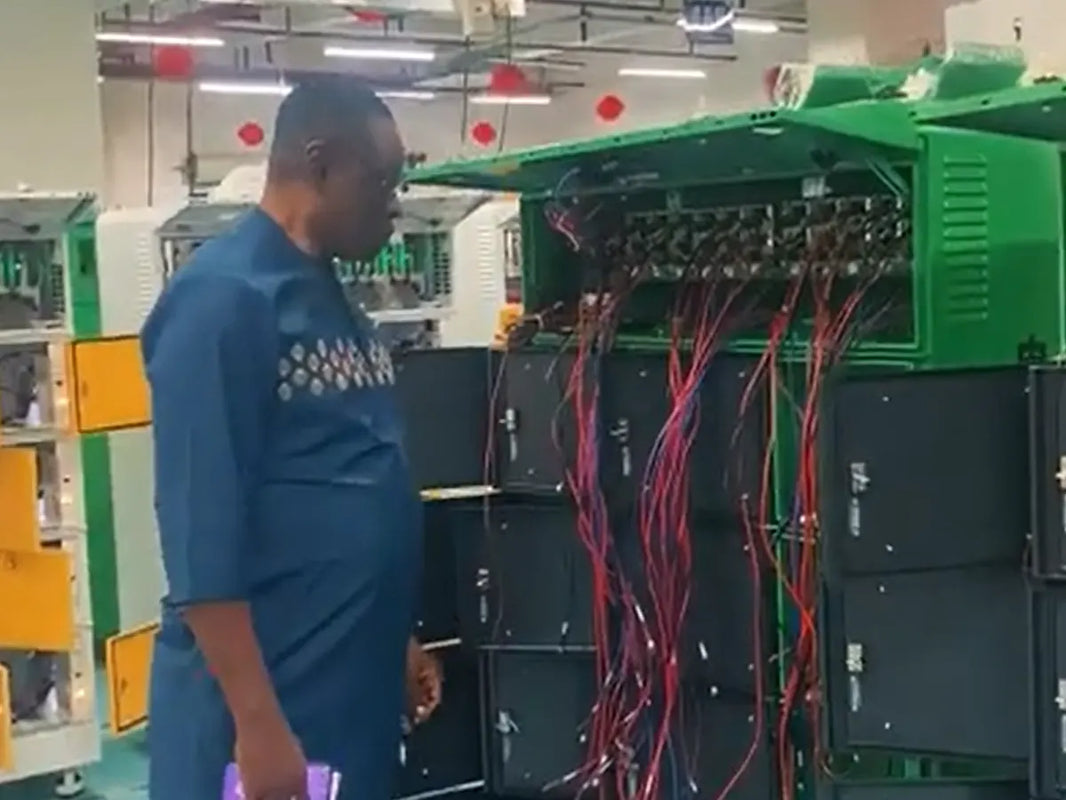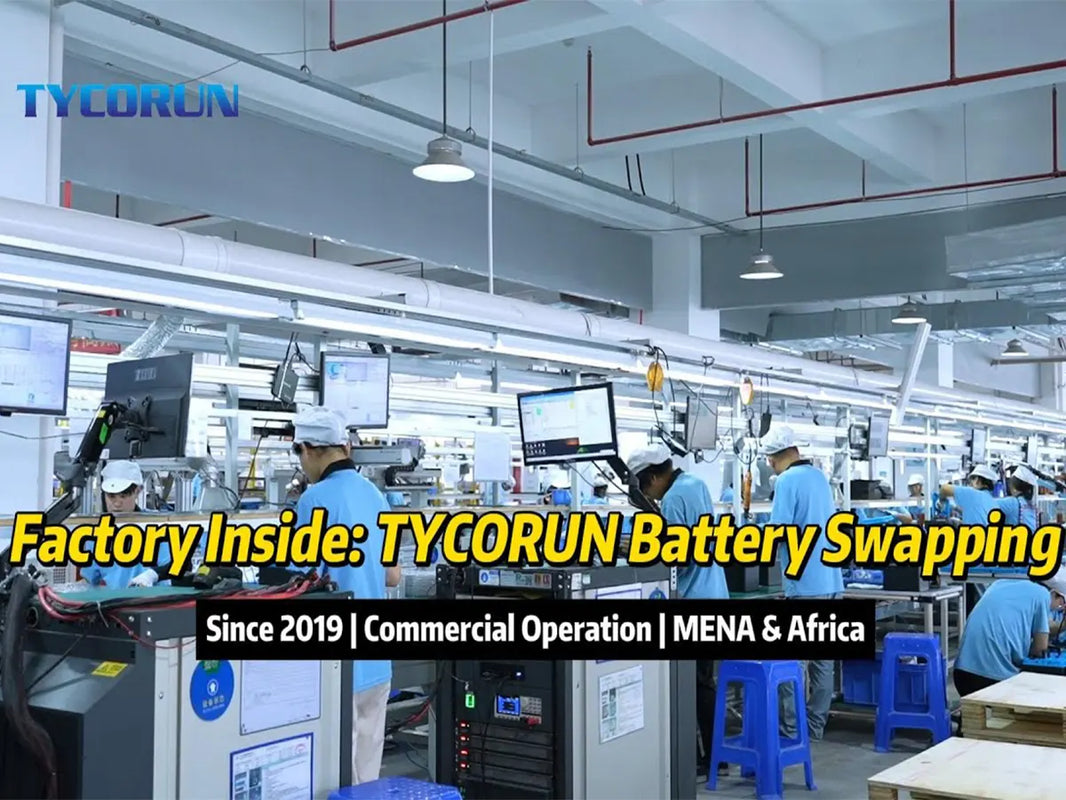
Main content:
Installing a rooftop solar system is a practical way to save electricity and support sustainability. Knowing how to calculate solar panel needs—by evaluating roof area, usable space, module size, and local sunlight—is key to designing an efficient system and making informed investment decisions.
How to Quickly Estimate Rooftop Solar System Capacity

To begin with how to calculate solar panel needs, you should know the total roof area, which refers to the exposed surface area of the roof, typically measured in square meters (m²).
Concepts and Basic Formulas
Total roof area refers to the exposed surface area of the roof, typically measured in square meters (m²).
Effective Installation Area × Utilization Factor
The utilization factor is affected by factors such as roof type, access requirements, equipment room/chimney/skylight/gutter/shading, and structural allowances. Commonly used rule of thumb:
Concrete flat roof: 70%. This type of roof is typically found on industrial or commercial buildings. Its flat surface makes it easy to install a PV system. However, structural elements such as access roads, equipment rooms, chimneys, skylights, and gutters may occupy a certain area, reducing the actual usable area.
Pitched roof: 85%. A common roof type for residential buildings, pitched roofs are typically designed for aesthetics and drainage efficiency. The slope of the roof allows PV panels to better face the sun, reducing obstruction and improving power generation efficiency. Pitched roofs may have fewer structural elements, resulting in a relatively higher effective installation area.
Module Area Example
210R Series dimensions (in mm) for different cell counts are converted as follows (for exact calculation):
40 cells: 1754 × 1096 mm → Area = 1.754 × 1.096 = 1.922384 m² (approximately 1.92 m²)
50 cells: 2187 × 1102 mm → Area = 2.187 × 1.102 = 2.410074 m² (approximately 2.41 m²)
60 cells: 2172 × 1303 mm → Area = 2.172 × 1.303 = 2.830116 m² (approximately 2.83 m²)
66 cells: 2384 × 1303 mm → Area = 2.384 × 1.303 = 3.106352 m² (approximately 3.11 m²)
Common single-cell module sizes in the industry range from approximately 1.9 m² to 3.1 m² (depending on the number of cells and packaging).
How to Calculate Solar Panel Needs
Let’s apply how to calculate solar panel needs to a real scenario:
Assume the total roof area is 200 m²
Flat roof availability: 70% → 200 × 0.70 = 140 m².
Calculation steps and results:
Effective area: 200 × 0.70 = 140 m²
Theoretical number of modules that can be installed: (2.8 m²/module): N = 140 ÷ 2.8 = 50 modules
Installed capacity: 50 × 640 W = 32,000 W = 32.0 kW
Thus, on a 200 m² flat roof, 50 640W PV modules can theoretically be installed, for a total installed capacity of 32.0 kW.
Estimated Solar Energy Production
The average annual sunshine hours vary significantly across different regions of the United States. For example, Las Vegas has an average of 6.41 hours of sunshine per day, while Cleveland has 3.94 hours.
Thus, annual power generation will vary depending on local sunshine conditions. Assuming an average annual sunshine duration of 5 hours in a certain area, the annual power generation is:
32 kW × 5 hours/day × 365 days × 75% = 58,600 kWh/year
PV System Cost Estimation
Understanding costs is essential in how to calculate solar panel needs:
Based on average installation costs in the US market, the average cost of a residential PV system is approximately $2.53 per watt. Therefore, the cost of a 32 kW system is: 32,000 W × $2.53/W = $80,960
Key Site Factors Affecting the Effective Installation Area and Module Layout

When evaluating how to calculate solar panel needs, site conditions play a major role:
Shading and Obstruction
Chimneys, skylights, air conditioning units, obstruction from neighboring buildings, and surrounding trees can affect the layout and spacing of modules. Shading can lead to significant string losses and must be mitigated by avoiding obstruction or using optimizers/micro-inverters.
Maintenance/Inspection Access
Rooftops should maintain a sufficient width for maintenance and safe evacuation, especially on large rooftops.
Roof Load/Structural Conditions
Structural load limits may limit the use of heavy-duty supports or require additional reinforcement measures.
Drainage and Slope
Flat roofs often have water reservoirs or outlets, which require module layout to avoid and ensure unimpeded drainage. Pitched roofs are constrained by slope and orientation.
Design for Snowy and Windy Areas and Safety Spacing
High winds require greater edge spacing and wind-resistant design, reducing usable floor space.
Module Tilt Angle and South-Oriented Strategy
Tilt angle (solar panel angle) affects row spacing (especially at high latitudes where inter-row shading may occur, requiring calculation of shadow spacing), which can reduce the module density that can be placed on a single plane.
Electrical Limitations
Inverter input channels, maximum current/voltage limits per string, and grid-connected capacity affect the number of strings and the number of modules per string, indirectly impacting module layout (for example, modules must be assigned to different inverters/maximum power point trackers to avoid long strings from blocking power and causing losses).
Regulations and Grid Requirements
Local fire, building, and grid regulations may require access routes, margins, and signage, reducing the available module area.
Cost Breakdown of a Residential Solar System

PV Modules
Assuming a single 400 W module, select from international first-tier or second-tier brands such as Panasonic, REC, Q CELLS, and SunPower (Note: SunPower has a history of organizational adjustments; please confirm with your source before purchasing).
Module unit price (market retail/wholesale reference range): approximately $0.30–$0.70/W.
Estimated module cost for three modules (400 W × 3 = 1.2 kW): $360–$840 (mid-range reference value: approximately $600).
Check the impact of PV module installation on power generation for more information
Microinverters
Common brands: Enphase (IQ series) is the mainstream choice; APsystems and others are also considered. Microinverters are priced per panel.
Recommended unit price (retail): Approximately $130–$200 per unit (models like the IQ7/IQ7+ can be found in a similar range at manufacturer's stores or retailers). Cost of three units: $390–$600 (prices will vary if a single high-power microinverter or integrated microinverter is used).
Check solar inverter installation for more information,
Anti-export/bi-directional Meter
Recommended unit price (retail/pre-installation accessory): Approximately $150–$600. (If the utility provides free or centralized replacement, the actual cost to the user may be $0.)
Energy Storage Batteries
Using lithium iron phosphate (LiFePO₄) or common residential energy storage as an example.
International brand: Tesla Powerwall / Panasonic / Sonnen / EcoFlow (home solutions) (Chinese brands are not included).
Capacity and cost reference (including some installation/system peripheral costs, which vary significantly):
5 kWh residential-grade (cells and modules only, excluding complex installation/electrical box): approximately $1,000–$4,000 (smaller-capacity systems often have cheaper modules at the lower end, while installation and accessories can drive up the overall price).
10 kWh complete home energy storage system (including installation, electrical box/EMS): approximately $7,000–$18,000 (depending on the manufacturer's package and regional installation costs; for example, Powerwall models typically fall within this price range).
Energy Storage Inverter/Energy Management System (Hybrid Inverter/Battery Inverter/EMS)
International brands: SMA (Germany) / SolarEdge (Israel/Publicly listed company) / Schneider Electric (France) / Fronius (Austria).
All-in-one residential model (including PV inverter + energy storage management):
Approximately $1,500–$5,000 (depending on power rating and intelligent features). Standalone energy storage inverter/controller: Approximately $800–$3,500. Micro-inverter solutions also require a corresponding communication gateway or monitor.
Other Materials and Labor
Brackets/cables/wiring materials (small balcony/rooftop projects): $100–$600 (structural complexity and corrosion protection/special accessories will increase costs).
Installation labor (depending on region and construction complexity): $300–$1,500 (low-cost for simple balcony or ground-level systems, significantly higher for complex rooftop or commercial installations).
Permitting/Testing/Grid Connection Fees: If permitting or utility grid connection testing is required, the fees range from $0 to $800 (many regions have administrative fees).
Safety Considerations for Home Photovoltaic Systems

- Avoid obstruction by surrounding buildings or trees, ensure the power generation system is properly grounded, and ensure lightning protection. Batteries should be properly located with adequate ventilation and protected from wind, sun, and rain.
- Radiation Issues: There are many online rumors claiming that photovoltaic power generation emits radiation that can harm the human body. These are false. Solar panels generate electricity by using the sun's energy to excite electrons in semiconductor materials, generating an electric current. This process features electromagnetic radiation from solar power system, similar to that emitted by everyday appliances like mobile phones, computers, refrigerators, and air conditioners, though its intensity is lower than that of high-power appliances like air conditioners and microwave ovens.
- Noise: Many customers report noise after installing solar panels. Generally, this noise is caused by the inverter (inverter-controller) cooling fan activating due to high ambient temperature and heavy load. It's usually silent at night.
Conclusion
Accurately calculating solar panel needs ensures the right system size and reliable energy output. Using certified components and considering shading, ventilation, and safety measures helps homeowners maximize efficiency and enjoy clean, cost-effective solar power for years.
Related articles: distributed pv system, floating PV panels, solar panel mounting rails















